2-Methylaminoethanol
Synonym(s):N-Methylethanolamine;2-(Methylamino)ethanol;N-Methylethanolamine
- CAS NO.:109-83-1
- Empirical Formula: C3H9NO
- Molecular Weight: 75.11
- MDL number: MFCD00002839
- EINECS: 203-710-0
- SAFETY DATA SHEET (SDS)
- Update Date: 2025-12-17 09:49:34

What is 2-Methylaminoethanol ?
Chemical properties
viscous colourless or light yellow liquid
The Uses of 2-Methylaminoethanol
Textile chemicals, pharmaceuticals.
The Uses of 2-Methylaminoethanol
2-(Methylamino)ethanol is used as an intermediate in synthetic chemistry. It finds application in various fields such as textile lubricants, polishes, detergents and in personal care products. It is also involved in electrostatic automotive coatings and in acid gas scrubbing. Further, it serves as an intermediate in polymers and pharmaceuticals. In addition to this, it is used as a solvent in the natural gas-processing industry.
What are the applications of Application
2-(Methylamino)ethanol is useful as a solvent and synthesis reagent
Definition
ChEBI: An ethanolamine compound having an N-methyl substituent.
Production Methods
Monomethylethanolamine is manufactured by reacting ethylene oxide and methylamine with external cooling.
General Description
A clear colorless liquid. Flash point 165°F. Less dense than water and soluble in water. Vapors are heavier than air. Produces toxic oxides of nitrogen during combustion. Used to make other chemicals.
Air & Water Reactions
Soluble in water.
Reactivity Profile
2-Methylaminoethanol is an aminoalcohol. Amines are chemical bases. They neutralize acids to form salts plus water. These acid-base reactions are exothermic. The amount of heat that is evolved per mole of amine in a neutralization is largely independent of the strength of the amine as a base. Amines may be incompatible with isocyanates, halogenated organics, peroxides, phenols (acidic), epoxides, anhydrides, and acid halides. Flammable gaseous hydrogen is generated by amines in combination with strong reducing agents, such as hydrides. 2-Methylaminoethanol may react with oxidizing materials.
Health Hazard
Exposure can cause irritation of eyes, nose and throat.
Fire Hazard
Special Hazards of Combustion Products: Irritating vapors and toxic gases, such as nitrogen oxides and carbon monoxide, may be formed when involved in fire.
Safety Profile
Poison by intraperitoneal route. Moderately toxic by ingestion and subcutaneous routes. A corrosive irritant to skin, eyes, and mucous membranes. Flammable when exposed to heat, flame, or oxidizers. To fight fire, use alcohol foam. When heated to decomposition it emits toxic fumes such as NOx. See also AMINES and ALCOHOLS.
Properties of 2-Methylaminoethanol
| Melting point: | -3 °C |
| Boiling point: | 159 °C(lit.) |
| Density | 0.935 g/mL at 25 °C(lit.) |
| vapor density | 2.6 (vs air) |
| vapor pressure | 0.5 mm Hg ( 20 °C) |
| refractive index | n |
| Flash point: | 163 °F |
| storage temp. | Store below +30°C. |
| solubility | Chloroform (Soluble), Methanol (Slightly) |
| pka | pK1:9.88(+1) (25°C) |
| form | Liquid |
| color | Clear colorless to slightly yellow |
| PH | 13.6 (100g/l, H2O, 20℃) |
| explosive limit | 1.6-17.7%(V) |
| Water Solubility | miscible |
| Merck | 14,6015 |
| BRN | 1071196 |
| Stability: | Stable. Combustible. Incompatible with oxidizing agents. |
| CAS DataBase Reference | 109-83-1(CAS DataBase Reference) |
| NIST Chemistry Reference | Ethanol, 2-(methylamino)-(109-83-1) |
| EPA Substance Registry System | N-Methylethanolamine (109-83-1) |
Safety information for 2-Methylaminoethanol
| Signal word | Danger |
| Pictogram(s) |
 Corrosion Corrosives GHS05  Exclamation Mark Irritant GHS07  Health Hazard GHS08 |
| GHS Hazard Statements |
H314:Skin corrosion/irritation H335:Specific target organ toxicity, single exposure;Respiratory tract irritation H373:Specific target organ toxicity, repeated exposure |
| Precautionary Statement Codes |
P260:Do not breathe dust/fume/gas/mist/vapours/spray. P280:Wear protective gloves/protective clothing/eye protection/face protection. P314:Get medical advice/attention if you feel unwell. P301+P312:IF SWALLOWED: call a POISON CENTER or doctor/physician IF you feel unwell. P303+P361+P353:IF ON SKIN (or hair): Remove/Take off Immediately all contaminated clothing. Rinse SKIN with water/shower. P305+P351+P338:IF IN EYES: Rinse cautiously with water for several minutes. Remove contact lenses, if present and easy to do. Continuerinsing. |
Computed Descriptors for 2-Methylaminoethanol
2-Methylaminoethanol manufacturer
New Products
Indole Methyl Resin tert-butyl 9-methoxy-3-azaspiro[5.5]undecane-3-carboxylate Boc-His(Boc)-OH 2-CTC Resin 4-Chloro-7-tosy1-7Hpyrrolo[2,3-d]pyrimidine 5,7-Dibromo-1H-indole 2,5-dichloro-N-hydroxy-4,6-dimethylpyridine-3-carboximidamide 2,2-Dimethoxy-7-azaspiro[3.5]nonane hydrochloride 4-chloromethyl-5-methyl-1,3-dioxol-2-one (DMDO-Cl) R-2-BENZYLOXY PROPIONIC ACID 1,1’-CARBONYLDIIMIDAZOLE 1,1’-CARBONYLDI (1,2-4 TRIAZOLE) N-METHYL INDAZOLE-3-CARBOXYLIC ACID 4-((2-hydroxyethyl)thio)benzoic acid 1-(TERT-BUTOXYCARBONYL)-2-PYRROLIDINONE Methyl 6-methylnicotinate 3-Pyridineacrylic acid tert-Butyl carbazate TETRAHYDRO-2H-PYRAN-3-OL 2-((4-morpholinophenylamino) (methylthio) methylene) malononitrile 3-(4-morpholinophenylamino)-5-amino-1H-pyrazole-4-carbonitrile 2,4-dihydroxybenzaldehyde 1,3-Diethyl-1,3-Diphenylurea Methyl 2-methylquinoline-6-carboxylateRelated products of tetrahydrofuran
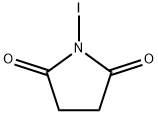
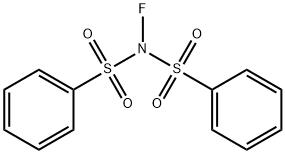

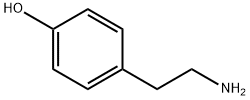




You may like
-
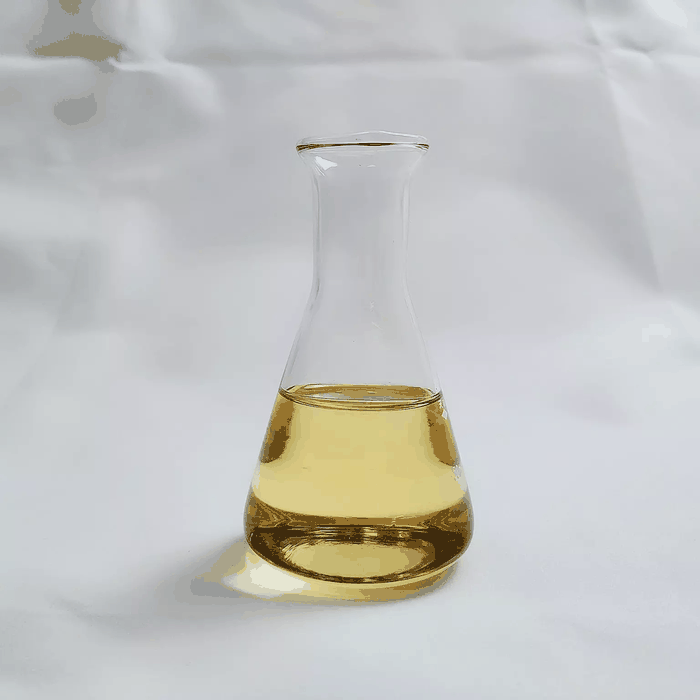 109-83-1 2-Methylaminoethanol 98%View Details
109-83-1 2-Methylaminoethanol 98%View Details
109-83-1 -
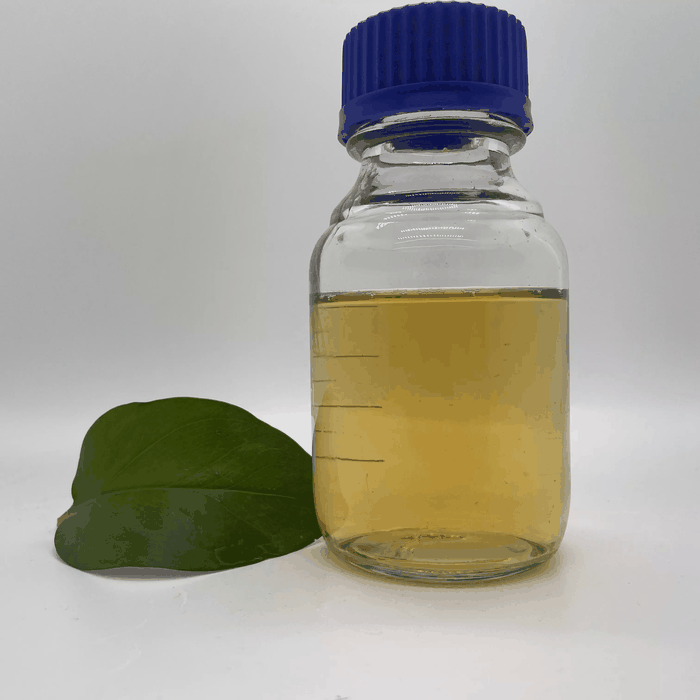 109-83-1 98%View Details
109-83-1 98%View Details
109-83-1 -
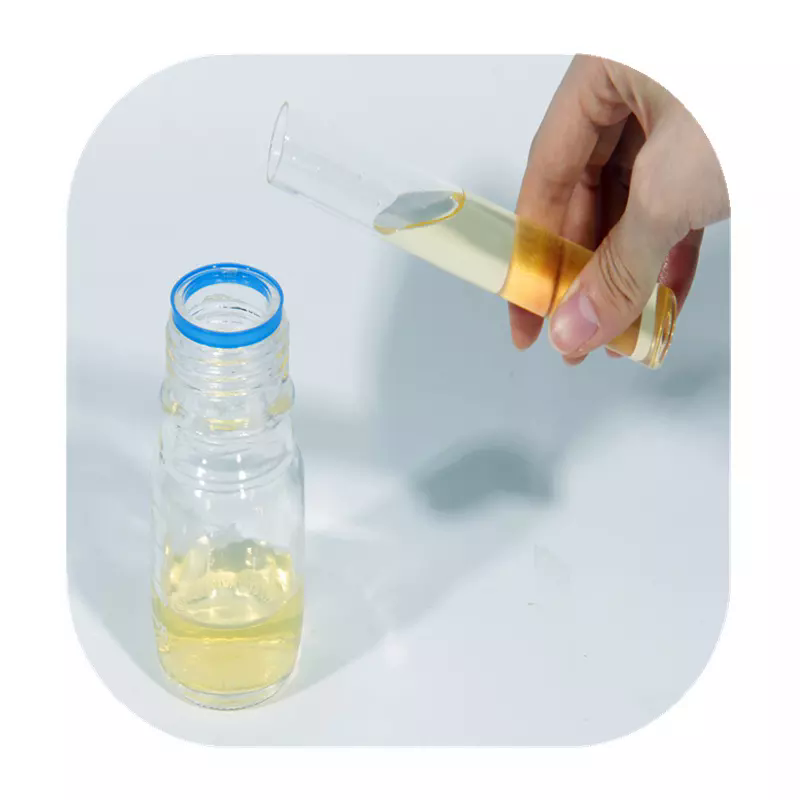 Methyl monoethanolamine 98%View Details
Methyl monoethanolamine 98%View Details
109-83-1 -
 2-(Methylamino)ethanol CAS 109-83-1View Details
2-(Methylamino)ethanol CAS 109-83-1View Details
109-83-1 -
 2-(Methylamino)ethanol CAS 109-83-1View Details
2-(Methylamino)ethanol CAS 109-83-1View Details
109-83-1 -
 2-(Methylamino) ethanol CAS 109-83-1View Details
2-(Methylamino) ethanol CAS 109-83-1View Details
109-83-1 -
 2-(METHYLAMINO) ETHANOL For Synthesis CAS 109-83-1View Details
2-(METHYLAMINO) ETHANOL For Synthesis CAS 109-83-1View Details
109-83-1 -
 2-(Methylamino)ethanol CAS 109-83-1View Details
2-(Methylamino)ethanol CAS 109-83-1View Details
109-83-1
